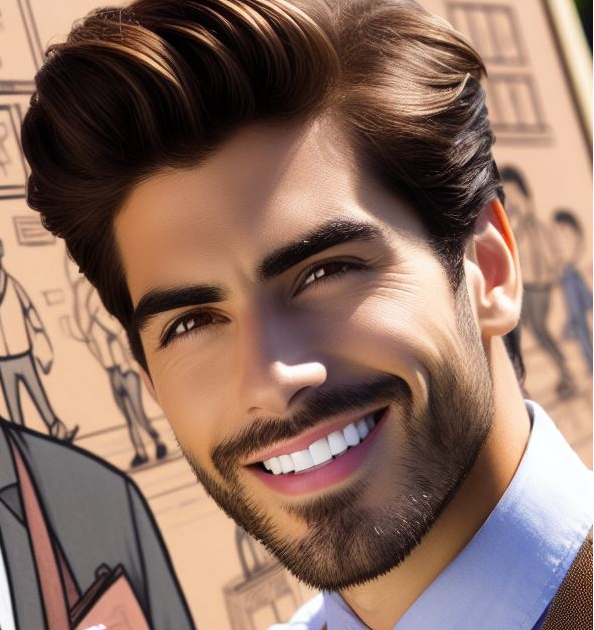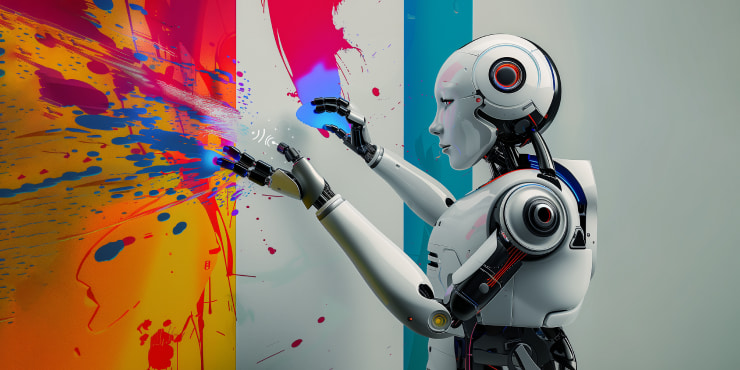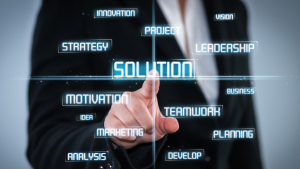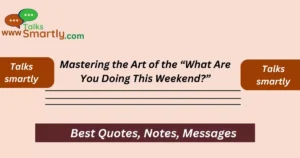Artificial Intelligence (AI) has been a game-changer across industries, but its impact on creativity and design stands out. AI-powered tools are reshaping how artists, designers, and content creators work, breaking barriers to creativity and opening up new possibilities for innovation. Whether you’re a professional designer or someone exploring your artistic side, understanding how AI is revolutionizing this space can give you a significant edge.
The Rise of AI in Creative Industries
AI’s foray into creative domains began with tools that simplify repetitive tasks. These ranged from basic photo editing and template creation to advanced applications like automatic color grading and 3D modeling. Over time, AI evolved, learning to mimic human creativity. Today, AI-powered tools can generate images, compose music, and even write poetry.
One major advancement in this space is the availability of free AI-powered tools that bring professional-grade capabilities to anyone with an internet connection. For instance, it helps to have the best free AI image generator at your disposal when you need high-quality visuals for a project without spending hours or breaking the bank. Such tools enable creators to focus more on their ideas and less on technical execution.
What Makes AI Tools Stand Out?
AI tools stand out for their ability to analyze vast amounts of data and generate outputs that align with specific user preferences. They are not limited by human constraints like time or fatigue, making them invaluable for tasks that require efficiency and precision. Here are a few key features that make AI tools unique:
- Customization: AI tools allow users to input specific parameters, ensuring the final output matches their vision.
- Speed: Generating designs, images, or videos that used to take days can now be accomplished in minutes.
- Accessibility: Many AI tools are user-friendly, making advanced features accessible even to beginners.
- Affordability: Free or low-cost tools have democratized creativity, enabling more people to experiment and innovate.
Key Applications of AI in Design and Creativity
AI’s impact on creativity spans a wide array of applications. Here are some of the most exciting areas where it’s making a difference:
- Image and Graphic Design AI-powered design tools can create stunning visuals tailored to specific needs. From generating logos to designing social media posts, these tools save time and provide professional-quality results. For instance, AI image generators are perfect for creating unique artwork or enhancing existing visuals with minimal effort.
- Video Editing and Production AI simplifies complex video editing tasks by automating processes like scene transitions, color correction, and background removal. Tools powered by AI can even analyze footage to create highlight reels or suggest edits, streamlining video production.
- Content Creation Writing AI tools help craft engaging blogs, captions, and scripts. They can analyze trending topics, suggest keywords, and tailor content for SEO, ensuring maximum visibility.
- Personalized User Experiences AI is also making strides in creating interactive and personalized experiences. For instance, AI can tailor website designs based on user behavior, ensuring a seamless experience for every visitor.
Benefits of Using AI in Creative Workflows
Incorporating AI into your creative workflow offers numerous advantages:
- Enhanced Productivity: Automating repetitive tasks allows creators to focus on their core ideas.
- Cost Efficiency: Free tools reduce the need for expensive software or professional services.
- Global Collaboration: Cloud-based AI tools enable teams to work together seamlessly, regardless of location.
- Unlimited Experimentation: AI tools make it easy to test different styles, colors, and formats without additional effort or cost.
Challenges and Ethical Considerations
Despite its many advantages, AI in creativity is not without challenges. One major concern is the originality of AI-generated content. As AI learns from existing data, there’s a risk of unintentional plagiarism or lack of true innovation. Additionally, over-reliance on AI could stifle human creativity in the long run.
Ethical concerns also arise when AI-generated content is used commercially. Questions about authorship and intellectual property rights are still evolving, requiring clearer guidelines and regulations.
The Future of AI in Creativity
As AI continues to advance, its integration into creative industries will only deepen. Future developments might include:
- AI tools that collaborate with humans in real-time, offering suggestions or improvements as they work.
- Enhanced customization options for even more tailored outputs.
- AI systems that learn individual preferences over time, become personalized creative assistants.
AI is revolutionizing the world of design and creativity, making professional-grade tools accessible to everyone. With the best free AI image generator or similar tools at your disposal, the possibilities for innovation are endless. However, as with any technology, it’s essential to balance AI’s capabilities with human creativity to ensure truly unique and meaningful outputs.
Embracing AI in your creative processes doesn’t just save time and resources; it also opens up new avenues for experimentation and growth. Whether you’re a seasoned designer or just starting out, now is the perfect time to explore how AI can elevate your creativity.

Hi, I’m Lauren Reynolds, owner of Talks Smartly.
We specialize in wishes, thank you messages, and thoughtful responses for all occasions.
Whether it’s a birthday wish or a heartfelt thank you, we’re here to make your messages shine.
Join us at Talks Smartly and let your words leave a lasting impression.”











